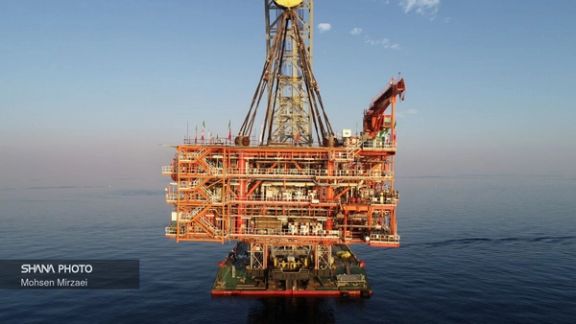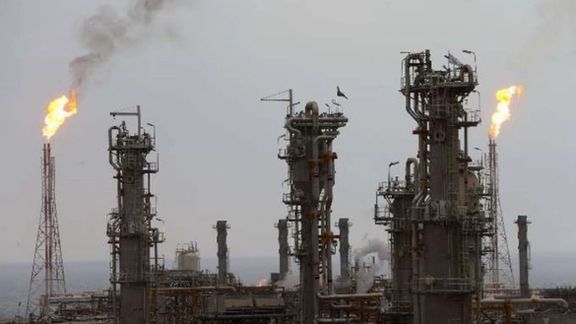Iran Eyes Large Russian Gas Imports Amid Falling Output

Iran's deputy oil minister says negotiations for Russian natural gas imports are in their final stages as Iran faces falling output in the Persian Gulf.

Iran's deputy oil minister says negotiations for Russian natural gas imports are in their final stages as Iran faces falling output in the Persian Gulf.
Mohsen Khojasteh-Mehr, who also serves as the head of National Iranian Oil Company (NIOC), told Fars news agency that converting the memoranda of understanding (MoUs), sealed between NIOC and Russian Gazprom cover various fields, including petroleum and gas swaps.
Iran and Russia in July agreed to $40 billion in trade and investment projects.
A swap means that Iran would import gas from Russia and deliver a certain quantity to another country that has a gas purchase deal with Moscow if it makes sense geographically or in terms of available infrastructure. In this case, among Iran’s neighbors only Turkey has a gas deal with Russia, but it has its own pipelines, much shorter in distance than a 2,000-kilometer longer route from Iran.
Buying Russian gas to cover shortages
This makes the Iranian claim of a gas swap strange. What appears to be more likely is Iran buying Russian gas to cover its own production shortages.
Russia, in turn, which has been buying gas from Central Asian countries as a middleman and exporting it, has a shrinking market after sanctions following its invasion of Ukraine. Existing pipelines that send the cheap gas from Central Asia to Russia can now be reversed and pump it to Iran.
Last year, Russia imported 10.5 billion cubic meters (bcm) of Turkmen and 4.6 bcm of Kazakh gas through these pipelines, according to BP statistics.
There are also two pipelines, connecting Turkmenistan to Iran's northeastern regions with 20 bcm/yr capacity together. Currently Turkmenistan delivers only 1.5 bcm/yr of its gas via these routes.
Fars news agency says Iran can import 20 bcm/yr of Russian gas for both domestic consumption and delivery to Iraq and Turkey.

It seems the first variant is feasible, because Iran had 250 mcm/d gas deficit last winter (equal to Turkey's total daily gas demand in 2021) and every year the gap between its gas production and demand is growing.
Fars says Iran has consumed 9 billion liters of diesel and 6 billion liters of mazut in electricity generation last year, due to gas shortage. Iran can consume Russian gas in power plants to be able to export more diesel and mazut, making more profit, if the Russian gas is below regional prices.
Russia helping Iran in gas production?
Fars reported that another important MoU between NIOC and Gazprom is related to pressure enhancement of South Pars gas field in the Persian Gulf, shared between Iran and Qatar.
In the absence of Western technology, Iran has been unable to keep up production at the field, steadily losing out as its domestic consumption has increased.
Fars said if the sides finalize the MoU and sign an agreement, the contract value would be $10bn.
According to the NIOC, the Iranian section of South Pars gas field would pass the half-mark point of its life by 2023 and every year its production would decline 10 bcm. Iran and a consortium headed by French Total signed a $5-bn contract in 2016 to develop the South Pars, including the installation of a 20,000-ton platform with two giant compressors to prevent production decline.
Iran needs at least 10 to 15 such giant platforms (15 times bigger than the current active platforms) in South Pars. Each new platform costs $2.5 billion.
It is not clear how Gazprom would enhance the pressure of the gas field as only large Western energy companies can build the giant platforms with huge compressors.
When Total left the South Pars contract due to US sanctions, Chinese CNPC also abandoned the project due to its inability to build larger platforms. Gazprom also has no experience or the technology for such a project in the sea.
Qatar installed huge platforms, through contracts with Western companies, especially Total, and not only prevented a decline in production, but it has started new drillings to increase gas output by 30% in the next five years.
Regarding Iran's inability to prevent production decline from South Pars - a field that accounts for 70% of Iran's total gas output- it seems the country eyes Russian imports to compensate for the decline in South Pars and prevent further gas shortages in cold seasons.